In the mysterious depths of the ocean, where sunlight barely penetrates, a creature of astonishing scale and complexity drifts silently. The siphonophore, a colonial organism often mistaken for a single jellyfish, challenges our understanding of individuality in the natural world. Recent discoveries of specimens stretching over 50 meters – longer than a blue whale – have stunned marine biologists and rewritten textbooks about deep-sea life.
These gelatinous giants belong to the genus Praya and represent one of nature’s most sophisticated collaborations. Unlike solitary organisms, siphonophores are actually thousands of specialized clones working in unison. Each tiny zooid performs a specific function: some propel the colony through pulsating bells, while others specialize in prey capture, digestion, or reproduction. This extreme division of labor creates what scientists call a "superorganism" – a single functioning entity composed of many interdependent parts.
The discovery of these massive siphonophores came through deep-sea exploration technologies. Remotely operated vehicles (ROVs) equipped with lasers for precise measurement have documented colonies exceeding the length of Olympic swimming pools. Their translucent bodies glow faintly with bioluminescence, creating ethereal blue-green trails in the abyssal darkness. Researchers speculate that their enormous size may provide evolutionary advantages in nutrient-poor deep waters, allowing them to filter more seawater for scarce planktonic food.
What fascinates scientists most is how these colonies maintain coordination across such vast distances. A neural network runs through the entire structure, allowing communication between distant zooids. When one part detects prey, the entire colony reacts in synchrony. This challenges conventional definitions of intelligence, suggesting that cognition can emerge from decentralized systems without a central brain. Some marine biologists compare siphonophores to underwater "neural nets," drawing parallels with artificial intelligence architectures.
The ecological role of these giants remains poorly understood. Their massive mucous nets likely trap significant amounts of organic material, potentially influencing carbon cycling in deep ocean ecosystems. Recent observations reveal they serve as mobile ecosystems themselves, hosting symbiotic shrimp and small fish that find shelter among their stinging tentacles. Conservationists worry that deep-sea trawling and climate change may threaten these fragile behemoths before we fully comprehend their importance.
Technological limitations have long prevented thorough study of deep-sea siphonophores. Their gelatinous bodies disintegrate in nets, and pressure changes destroy their structure when brought to the surface. New approaches using in situ DNA sequencing and holographic imaging are revolutionizing our ability to study these creatures in their natural habitat. Marine biologists now suspect that even larger specimens may exist in unexplored ocean trenches.
The siphonophore’s existence blurs the line between individual and collective. In a biological sense, these colonies represent both a single organism and a complex society. Their discovery forces us to reconsider fundamental concepts in biology – what constitutes an individual, how intelligence emerges, and the limits of organismal size. As exploration continues, these ghostly giants of the deep promise to reveal more secrets about life’s incredible adaptability in Earth’s most extreme environments.
Beyond their scientific significance, siphonophores captivate the imagination. Their otherworldly beauty has inspired artists and filmmakers, while their unique biology offers metaphors for human societal organization. In an era of increasing specialization and interconnectedness, perhaps we have more in common with these deep-sea marvels than we realize. The ocean continues to remind us that nature’s creativity far surpasses our own, hiding wonders that redefine life’s possibilities in the eternal darkness of the abyss.
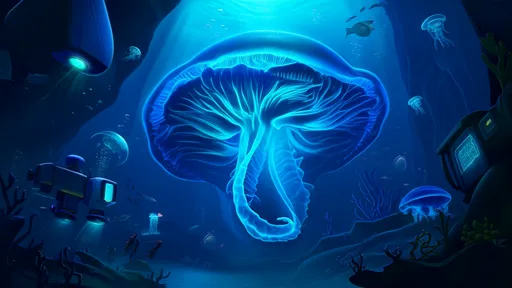
By /Jun 10, 2025
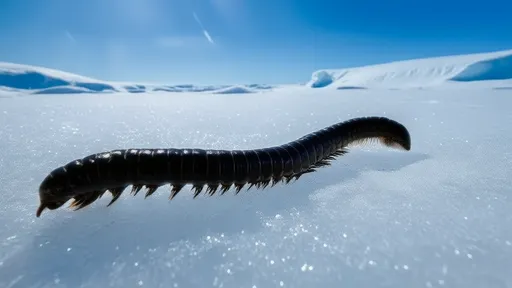
By /Jun 10, 2025
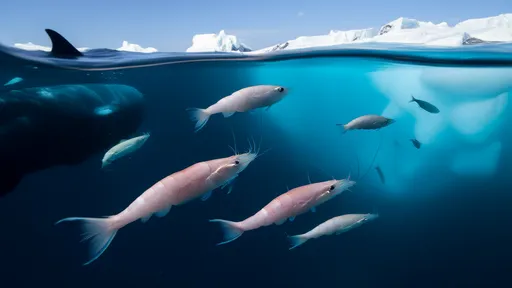
By /Jun 10, 2025
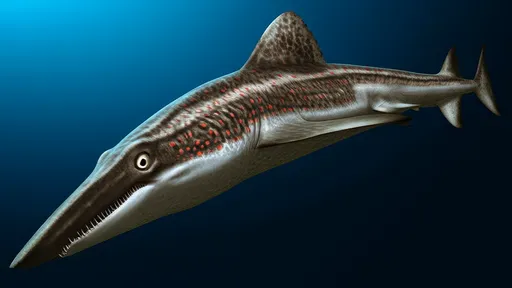
By /Jun 10, 2025
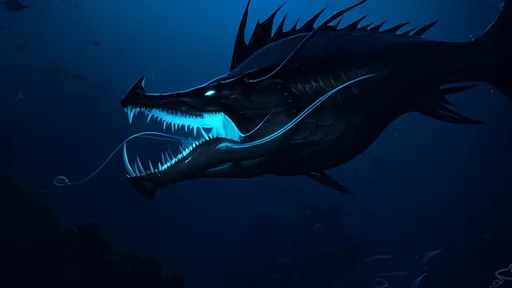
By /Jun 10, 2025
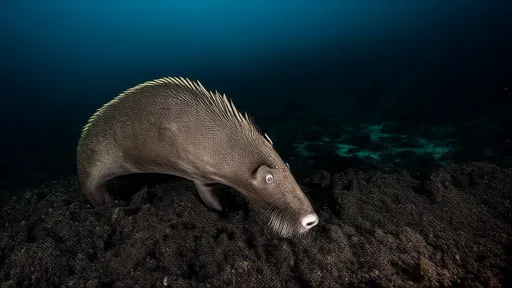
By /Jun 10, 2025
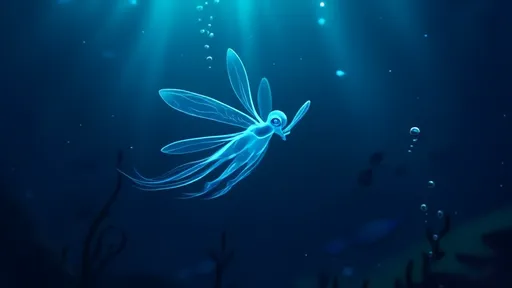
By /Jun 10, 2025
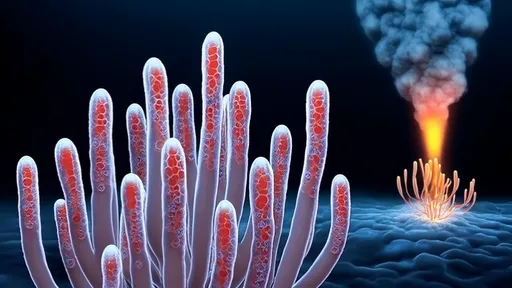
By /Jun 10, 2025
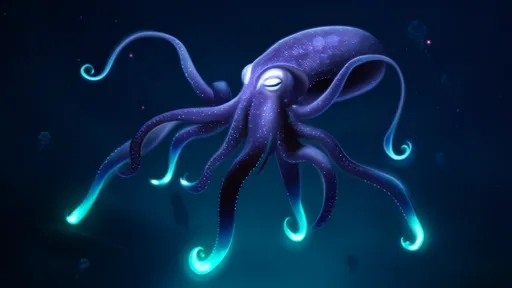
By /Jun 10, 2025
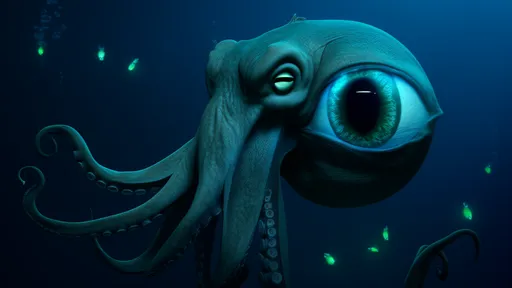
By /Jun 10, 2025
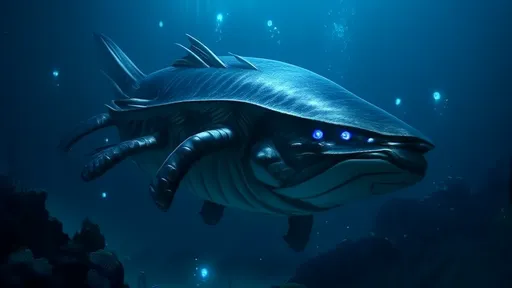
By /Jun 10, 2025
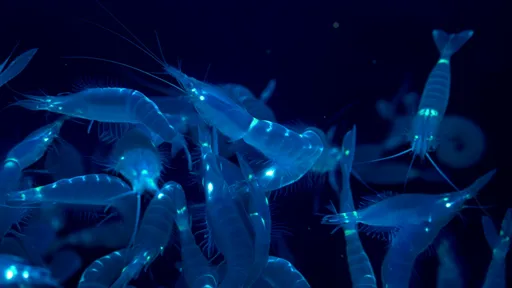
By /Jun 10, 2025
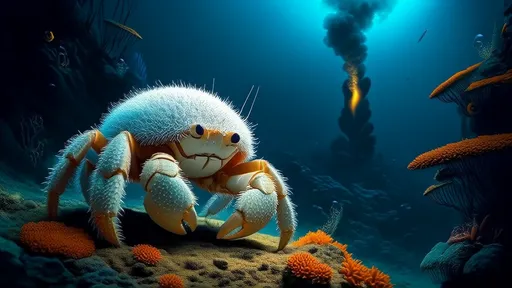
By /Jun 10, 2025
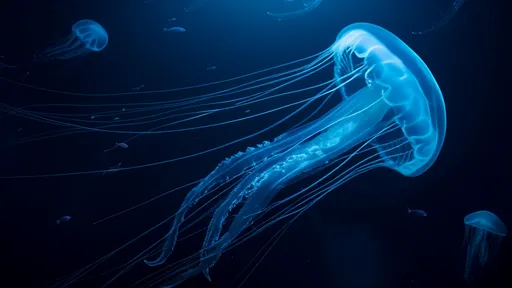
By /Jun 10, 2025
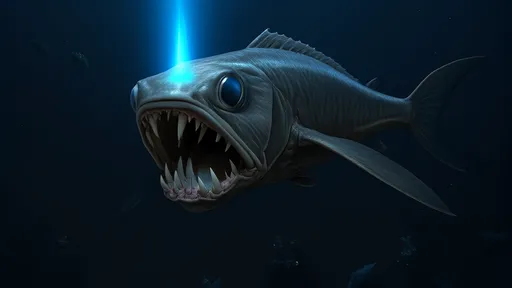
By /Jun 10, 2025